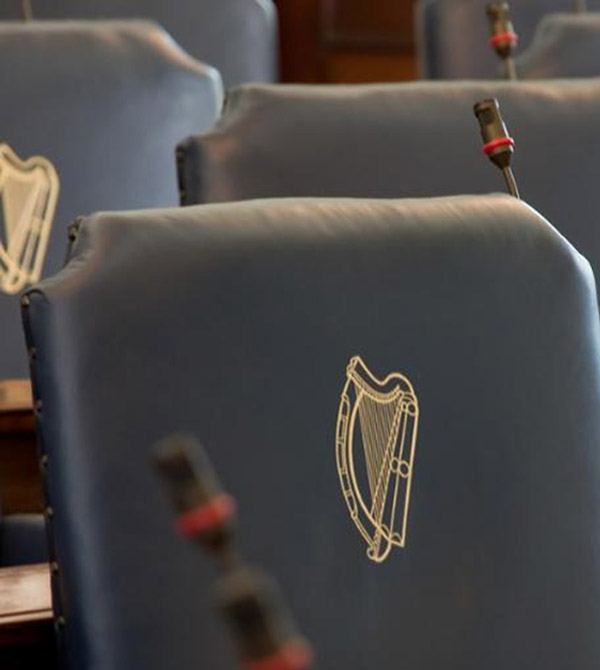Various recent statutes and proposed Bills make reference to the need to ensure that there will be equal numbers of men and women in the composition of various statutory bodies appointed by the State. Indeed, the law relating to funding of political parties penalises parties which do not field slates of candidates containing minimum quotas of males and females.
Likewise, some provisions of criminal law relate to persons on the basis of their sex. There are many provisions in our laws which distinguish between male and female persons. In no case is provision made for transgender people as a separate or third category.
The Gender Recognition Act 2015 simply provides at section 18 that a person who applies for and receives a gender recognition certificate will be regarded as being of “male sex” if that is the person’s preferred gender or the “female sex” if that is the person’s preferred gender.
It uses very clear language in providing that for “all purposes”, from the date of issuance of a gender recognition certificate to a person, that “person’s sex becomes that of a man” where the person’s “preferred gender is the male gender”, and “if it is the female gender, the person’s sex becomes that of a woman”. The legal effect of the recognition certificate is simply binary.
To be granted a gender recognition certificate a person must ordinarily be over 18 and make and furnish to the Minister for Social Protection a statutory declaration that the person has “a settled and solemn intention of living in the preferred gender for the rest of his or her life”. Provision is made for revocation of a certificate where the Minister becomes aware of facts or information that would have resulted in a refusal of a certificate if there had been full awareness at the time of granting.
The 2015 Act makes no provision at all for any status of a third gender or what is termed transgender, or for the legal recognition of any kind of non-gendered personal status, or for any sex other than that of male or female.
As one might expect, the 1937 Constitution adopts a similar binary approach to gender. While the English text of article 16 refers to “(e)very citizen without distinction of sex”, the Irish text which prevails in case of conflict refers to “(g)ach saoránach cibé acu fear nó bean” or to “cibé acu fír nó mná”.
So, the present position is that Irish citizens are regarded in constitutional and statutory terms as being either of the male or female sex from birth and as having the right to redesignate their sex for all purposes to their preferred gender in accordance with, and subject to, the provisions of the 2015 Act.
It is in this context that the Government has tabled its Criminal Justice (Incitement to Violence or Hatred and Hate Offences) Bill 2022 now starting its consideration by the Seanad.
Briefly, the Bill seeks, among other things, to criminalise incitement to violence or hatred and offences against people by reason of what are termed their “protected characteristics”.
The term “protected characteristics”, it is proposed, would mean race, colour, nationality, religion, national or ethnic origin, descent, gender, sex characteristics, sexual orientation or disability. Of relevance here is the special meaning given to three terms: sexual characteristics, sexual orientation and gender.
Sexual characteristics mean “physical and biological features of a person relating to sex”. Sexual orientation means “heterosexual, homosexual or bisexual orientation”. Gender will mean “the gender of a person or the gender which a person expresses as the person’s preferred gender or with which the person identifies and includes transgender and a gender other than those of male or female”.
The term “preferred gender” is already used in the Gender Recognition Act 2015 as the gender which a person applies to be specified in a certificate (ie, male or female) for all legal purposes.
But now the term is also to include the gender with which a person identifies and is additionally to include the undefined term “transgender”, and an open-ended undefined category of “a gender other than those of male or female”. No clarity has been given to these new and extended meanings of gender. So, I wrote to the Minister for Justice asking for clarity as to what these extended definitions are intended to mean. To date, I have received no explanation.
I have seen some articles online which suggest from a transgender perspective there may be more than 70 genders. It seems that the Oireachtas is being asked as part of a transgender policy for the very first time to completely divorce gender from sex as concepts. That involves profound political, social and educational consequences. We need to know where we are going – and where we are being led.

